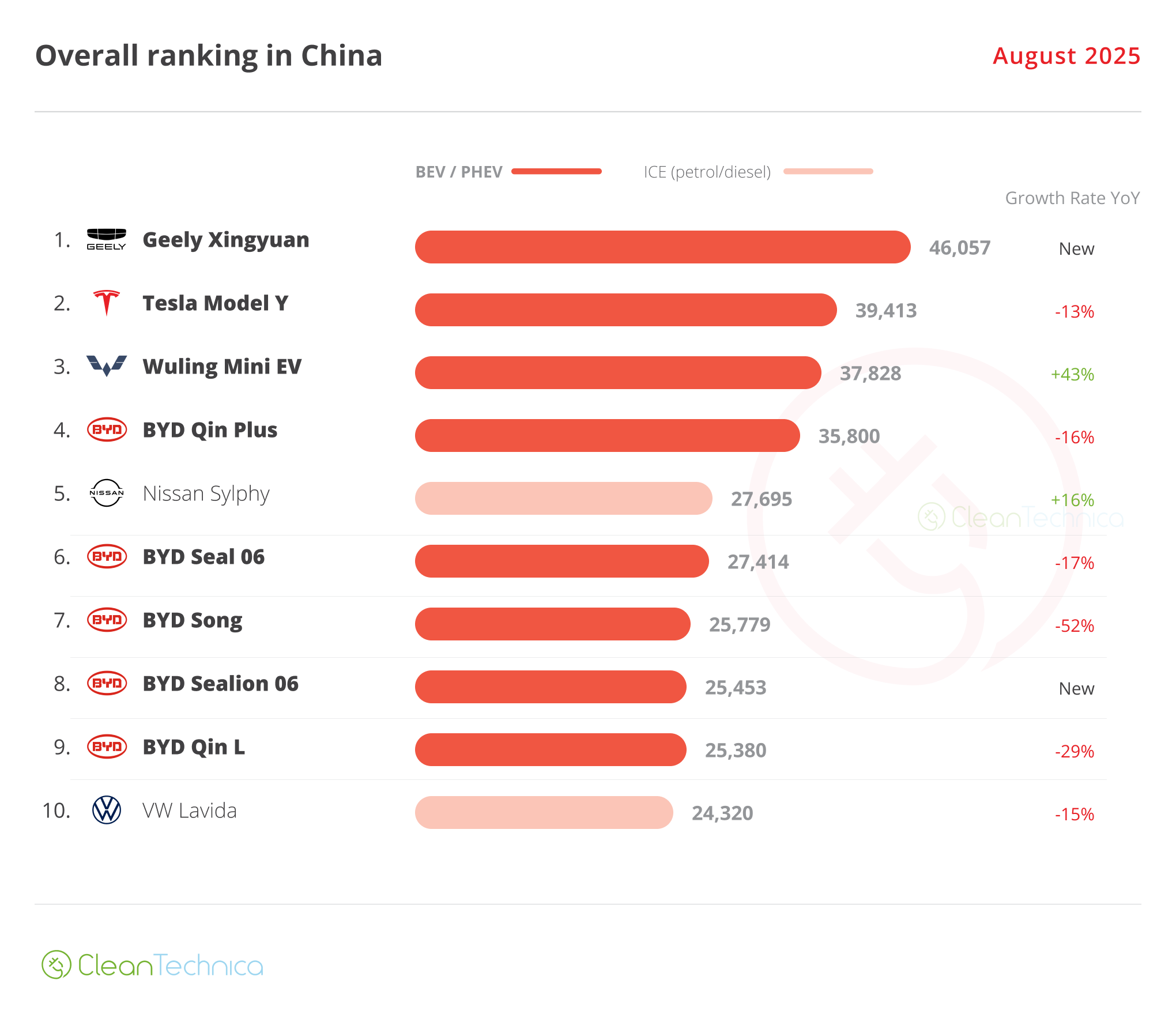
Sign up for daily news updates from CleanTechnica on email. Or follow us on Google News!
Last Updated on: 17th February 2025, 11:12 am
How would you describe the state of Direct Air Capture (DAC) tech in carbon removal, and where it’s heading?
Direct air capture is entering a critical growth phase. While costs are currently high, they’re dropping quickly as the technology matures into commercial use. I believe we’re at an exciting point where real-world implementation is teaching us how to make the technology better and cheaper with each new project.
What drew you to carbon removal initially?
My journey started in 2002 working with biofuels, studying how different renewable fuels affected carbon emissions — in search for carbon-negative processes. In 2008, I founded an algae company that created some of the first carbon-negative fuels by treating wastewater. The real turning point came at a climate conference in 2009 while looking for CO2 sources for growing algae. That’s when I discovered direct air capture and saw its unique potential to scale across many different markets.
What is Aircapture currently working on?
We at Aircapture build modular systems that capture CO2 directly from the air, which can be used for many purposes, from carbonating beverages to permanent storage underground. Right now, we’re focused on making more systems and improving their reliability while reducing costs. If a business needs CO2, we can produce it right at their site. If they want to store carbon permanently, we can deliver it ready for underground storage. We’re already doing both successfully and expanding our reach.
Where do you expect the carbon removal industry and DAC to be in 3 years?
The industry needs to become more unified. While there’s strong demand for carbon removal, we lack consistent global policies to drive large-scale international projects. Within three years, DAC should be ready for major investment banking based project finance, but this requires reliable buyers for either the CO2 or carbon credits, and proven technology performance. A few companies will likely achieve this, but most won’t.
Some DAC approaches should reach costs around $100 per ton within three years in certain locations. The next few years are crucial for laying groundwork, but massive deployment will take longer. The main challenge is figuring out how to manufacture at large scale while keeping costs down.
How do you differentiate between DAC approaches?
There are two main types: high temperature and low temperature systems. High temperature systems need significant infrastructure and careful engineering to be profitable. Low temperature systems have several variations:
- Chemical absorption: Efficient but depends heavily on material performance and durability
- Physical absorption: Struggles to capture enough CO2 per surface area
- Electrochemical: Faces manufacturing challenges, similar to fuel cells
- Humidity-based: Works well when the water can also be used, but requires specific environmental conditions
Where else would you focus your resources on if not on carbon removal?
Water treatment and reuse technology, particularly finding better ways to clean wastewater while recovering energy. The world faces increasing water scarcity, and current treatment methods are expensive and use too much energy. Project financing also needs innovation — finding faster ways to fund promising technologies that can help address climate change.
What excites you most about current trends, and where are the gaps?
Recent policy support for using captured CO2 in various applications is encouraging, especially the Department of Energy’s new funding programs. Large companies are also showing serious interest in building DAC infrastructure projects.
However, there’s a concerning trend of companies claiming future carbon removal as current revenue. About 97% of carbon removal sales are promises for future delivery that haven’t happened yet. While this shows market interest, it risks damaging confidence if these promises aren’t kept.
What’s one climate policy you’d enact if you could?
A global carbon pricing system with a high minimum price and fair distribution of funds. This would encourage businesses and governments worldwide to reduce emissions while ensuring vulnerable communities aren’t harmed or left out of the infrastructure investment opportunities. The price would start around $100 per ton and adjust based on how well we’re meeting climate goals. It needs to cover all types of emissions and ensure ways to help developing economies transition fairly.
Chip in a few dollars a month to help support independent cleantech coverage that helps to accelerate the cleantech revolution!
Have a tip for CleanTechnica? Want to advertise? Want to suggest a guest for our CleanTech Talk podcast? Contact us here.
Sign up for our daily newsletter for 15 new cleantech stories a day. Or sign up for our weekly one if daily is too frequent.
CleanTechnica uses affiliate links. See our policy here.
CleanTechnica’s Comment Policy






